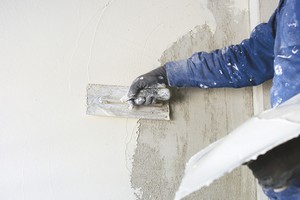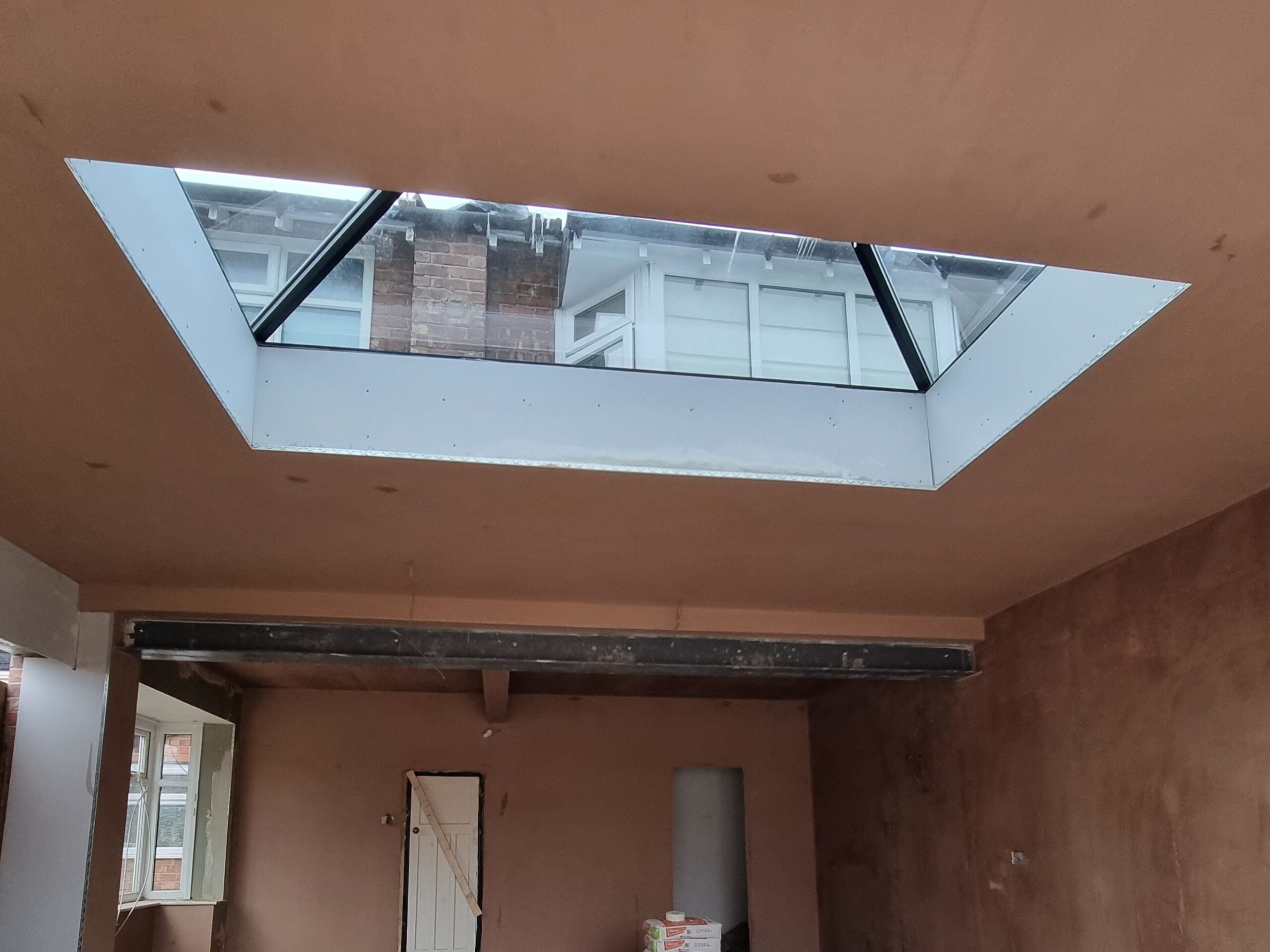Industrial Plastering: High-Quality Solutions for Office and Retail Spaces
Industrial Plastering: High-Quality Solutions for Office and Retail Spaces
Blog Article
A Comprehensive Guide to Mastering Plastering Skills for Your Renovation Requirements

Essential Tools and Products
Various essential tools offer distinct functions, making sure efficiency and accuracy throughout the smudging procedure. A top quality trowel, for instance, is important for applying and smoothing plaster, while a hawk offers a stable system for holding the material.
Along with tools, picking the right plastering materials is essential. Gypsum-based plasters are commonly favored for their versatility and ease of usage, while cement-based choices are suitable for outside applications due to their sturdiness. Water and bonding representatives play significant functions in achieving proper uniformity and attachment, making sure that the plaster sticks properly to the surface.
In addition, protective gear such as gloves, masks, and safety glasses is vital to secure against dust and inflammation throughout the application process. By assembling the appropriate mix of products and devices, plasterers can boost their ability set and produce premium coatings, ultimately elevating the overall workmanship of their job.
Preparing Surfaces for Smudging
Achieving a smooth and durable plaster finish begins with careful prep work of the surface areas to be plastered. This foundational action is crucial to making sure adhesion and the durability of the plaster. Start by examining the problem of the substratum-- whether it is stonework, drywall, or concrete-- getting rid of any loose paint, dust, or debris that may disrupt bonding.
Following, fix any kind of blemishes such as holes or splits. Utilize an ideal filler to accomplish a level surface; this can be vital for preventing future concerns. When fixed, make certain the surface is tidy and dry, as wetness can jeopardize plaster adherence.
For permeable surface areas, it is advisable to apply a bonding representative. This product enhances attachment and creates a reliable user interface between the plaster and substratum. If collaborating with formerly plastered surfaces, it might be essential to scuff or sand the location lightly to supply a key for the brand-new plaster layer.
Plastering Methods and Tips
Grasping smudging strategies calls for both skill and technique to accomplish a perfect finish. One crucial strategy is the application of the plaster in multiple thin layers, instead than a single thick coat.
When using the surface layer, employ a shoveling strategy that involves holding the trowel at a small angle and operating in a circular activity. This helps to create a smooth surface area and reduces the look of trowel marks. Furthermore, keep a spray container of water useful to haze the surface gently; this maintains the plaster convenient and allows for smoother ending up.
Timing is important; job effectively, as the plaster starts to set. When the plaster has actually tightened but is still damp, utilize a damp sponge to carefully smooth the surface area additionally. Finally, permit sufficient drying time prior to sanding or painting, ensuring your tough work leads to a professional, top quality surface.
Typical Errors to Prevent

Another usual mistake is applying plaster also heavily. Excitable applications can cause breaking and prolonged drying out times. It's necessary to use plaster in thin, even layers, allowing each layer to completely dry effectively before adding much more.
Additionally, not making use of the right tools can prevent the quality of the coating. Utilizing unsuitable trowels or mixers can produce check these guys out disparities in the gluing procedure. Always select high-grade devices created for smudging tasks.
Last but not least, numerous people undervalue the importance of timing. Operating in inappropriate temperature levels or humidity degrees can adversely influence plaster treating and drying out. It is recommended to inspect weather and adapt your routine appropriately.
Ending Up Touches for a Specialist Appearance
The final phases of a smudging job are essential for achieving a sleek, expert appearance. When the plaster has dried completely, the following step is to evaluate the surface for imperfections.
After fining sand, it's a good idea to clean the surface to remove any type of dust and particles. A wet cloth works for this purpose, adhered to by a comprehensive drying out period. If required, using a slim layer of ending up plaster can enhance the surface area even more, supplying a seamless surface.
Once the completing plaster is completely dry, an additional round of sanding might be needed to accomplish the wanted smoothness. Ultimately, think about applying a primer prior to painting or wallpapering, which will boost bond and longevity.
Final Thought
Understanding smudging abilities substantially enhances the high quality of renovation jobs. An extensive understanding of crucial devices, surface area preparation, and efficient methods is essential for accomplishing professional outcomes.
Water and bonding representatives play significant functions in achieving correct consistency and bond, making certain that the plaster adheres effectively to the surface area. Plastering.


Furthermore, keep a spray container of water useful to haze the surface gently; this keeps the plaster convenient and enables for smoother ending up. (Plastering)
If needed, applying a slim layer of completing plaster can enhance the surface better, supplying a smooth surface.
Report this page